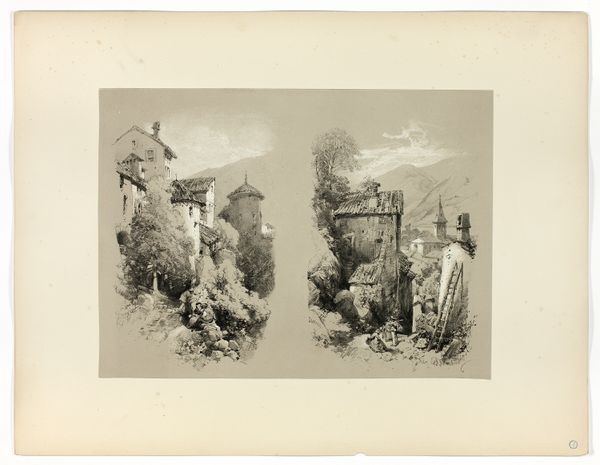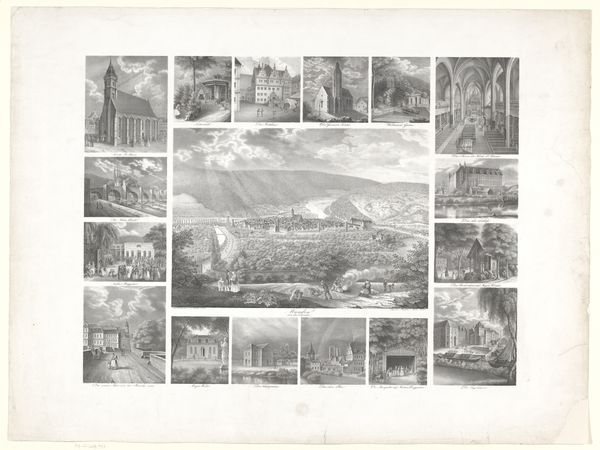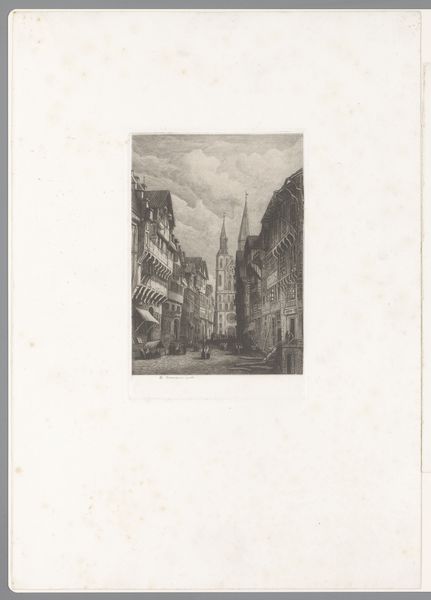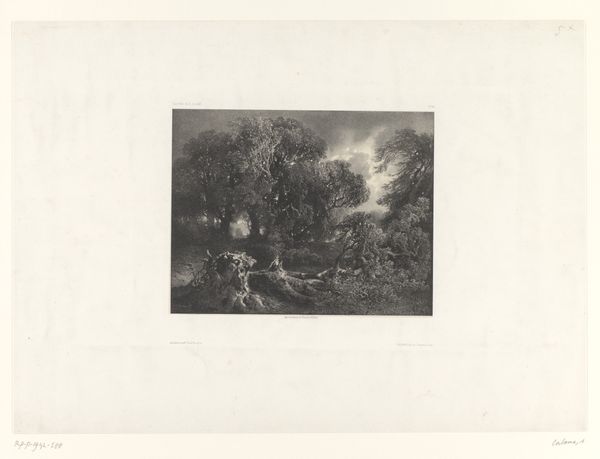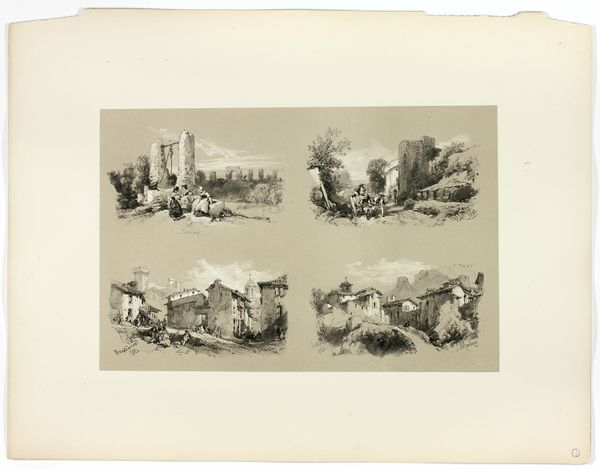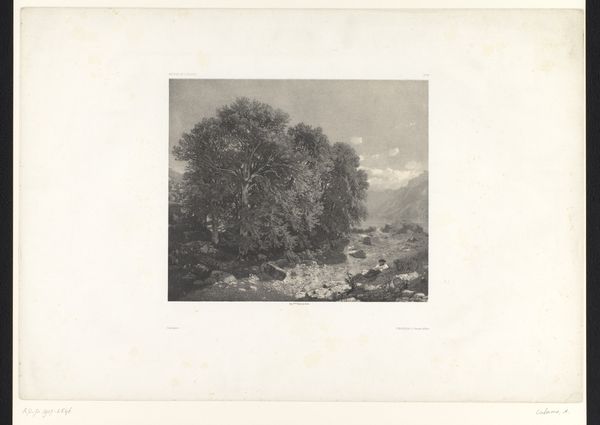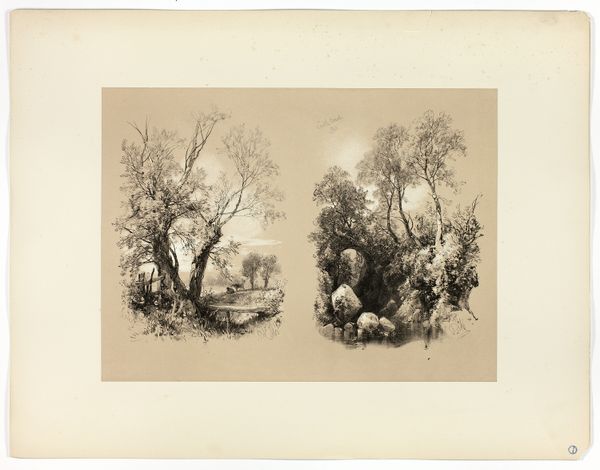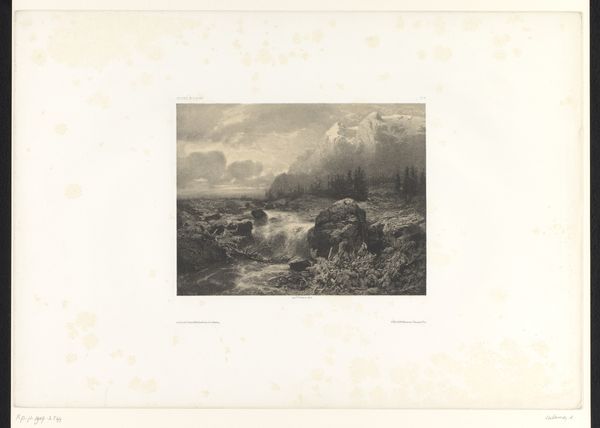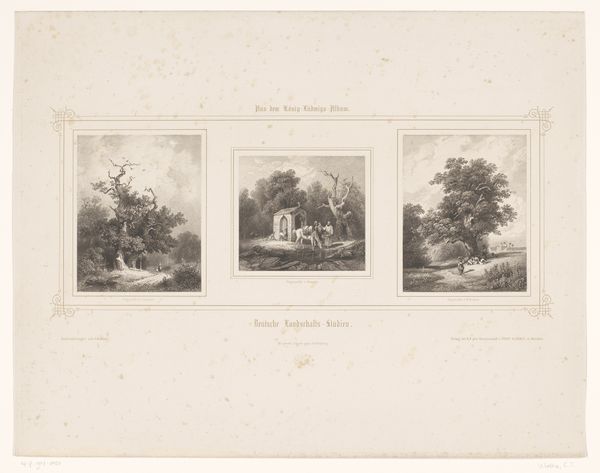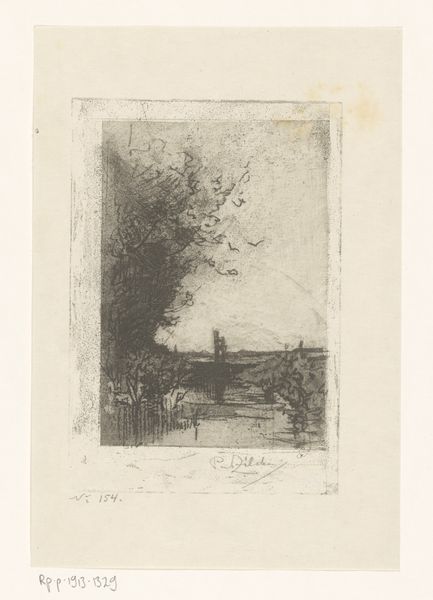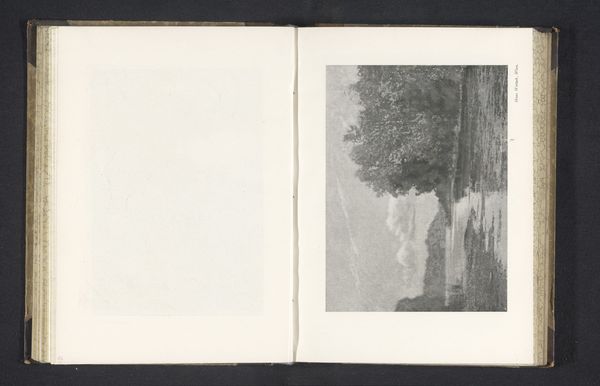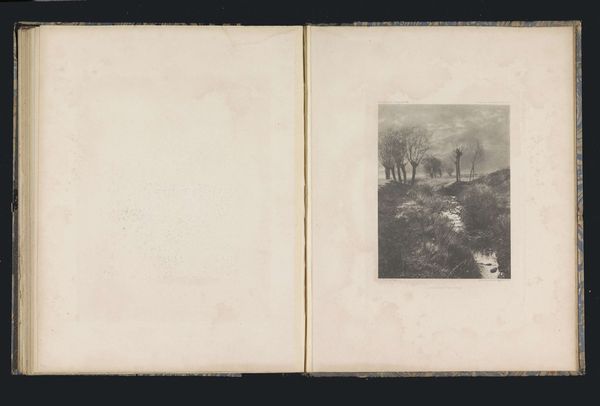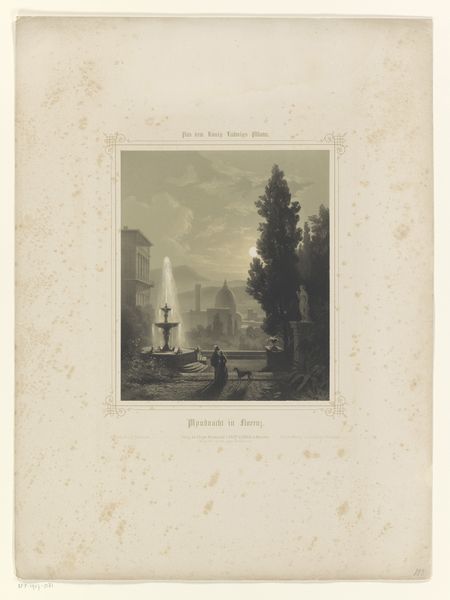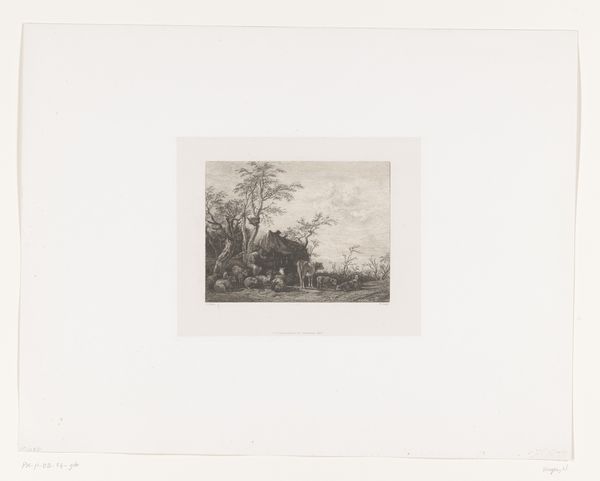
Dimensions: height 400 mm, width 525 mm
Copyright: Rijks Museum: Open Domain
Curator: Carl Friedrich Würthle’s combined print, dating from the 1850s, offers paired “Views of Schloss Lichtenstein and Verona.” It's fascinating how he presents these two distinct locations together. Editor: My immediate reaction is a sense of romantic longing. The stark contrast between the isolated castle perched atop a cliff and the sun-drenched street scene evokes a feeling of wanderlust and a deep connection to history. Curator: The compositional framing devices are particularly noteworthy. The border around each image, similar to passe-partouts, function almost as a lens through which we perceive these separate realities. Note also the tonality – it relies on precise lines of the engraving to depict light and shadow. Editor: Symbolically, castles often represent strength, authority, and the passage of time. Verona, on the other hand, steeped in Roman history, is imbued with themes of human activity, commerce, and perhaps even romance. Are we being invited to compare Germanic and Italian identities through architecture? Curator: Possibly! Considering that these are engravings reproduced as prints, dissemination of imagery would have reached a broad audience and shaped collective imaginations during a pivotal era of national identity-building. Editor: Yes, and in rendering Lichtenstein as almost spectral and Verona as bathed in warm light, a viewer might infer ideas about progress versus tradition, nature versus civilization, perhaps even the virtues of isolation versus communal life. This kind of opposition reinforces a very potent visual narrative. Curator: This pairing prompts consideration of how Würthle employs the engraving medium, especially the precise use of lines to generate depth. I would suggest close scrutiny reveals how subtle gradients achieve atmospheric perspective, making one aware of not only geographical distance but also imagined experience. Editor: Absolutely, and considering this print would have been widely accessible, it underscores the Romantic era’s hunger for places steeped in history and folklore, acting as a kind of mental travelogue before widespread tourism. Curator: So it operates simultaneously as documentation, romantic vision, and subtle statement about national identity. Editor: Indeed. Considering their lasting symbolic relevance, I am left pondering the visual echoes that these motifs and associations still trigger.
Comments
No comments
Be the first to comment and join the conversation on the ultimate creative platform.
